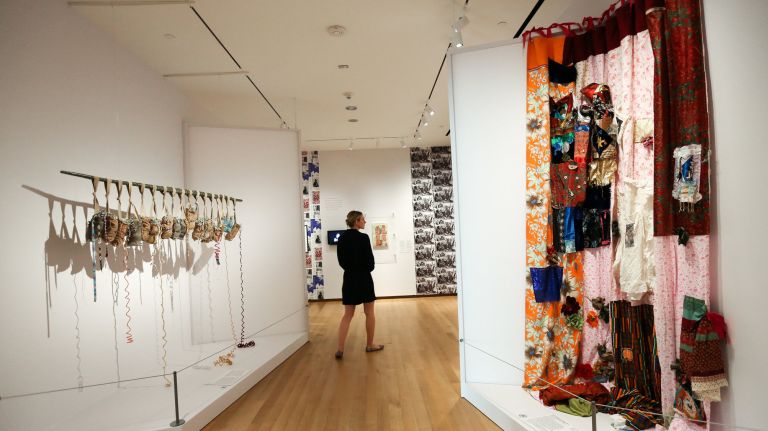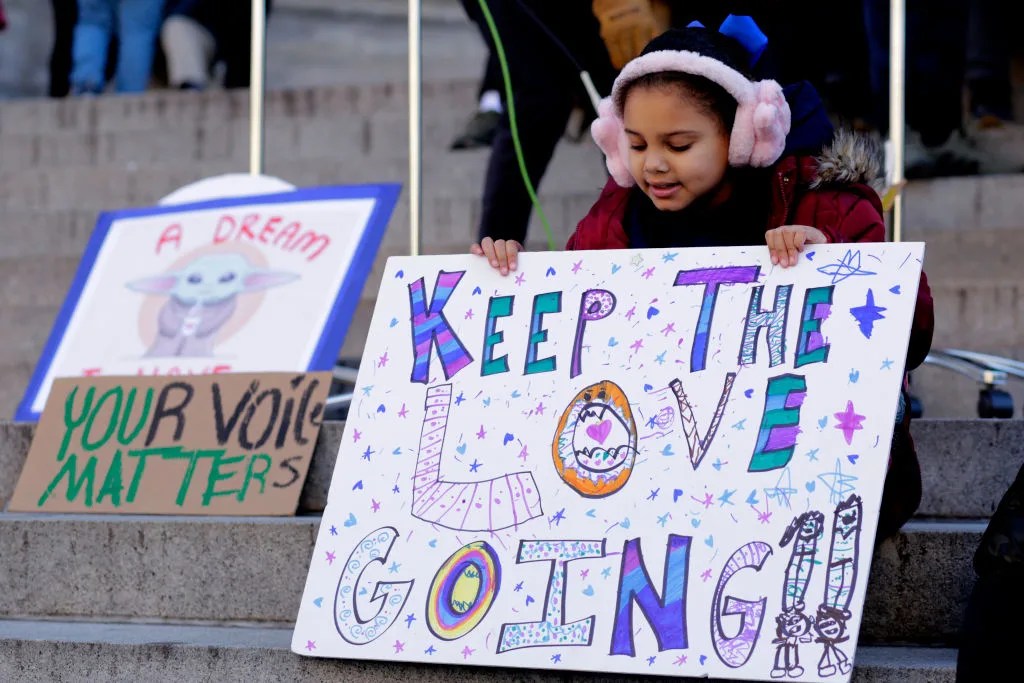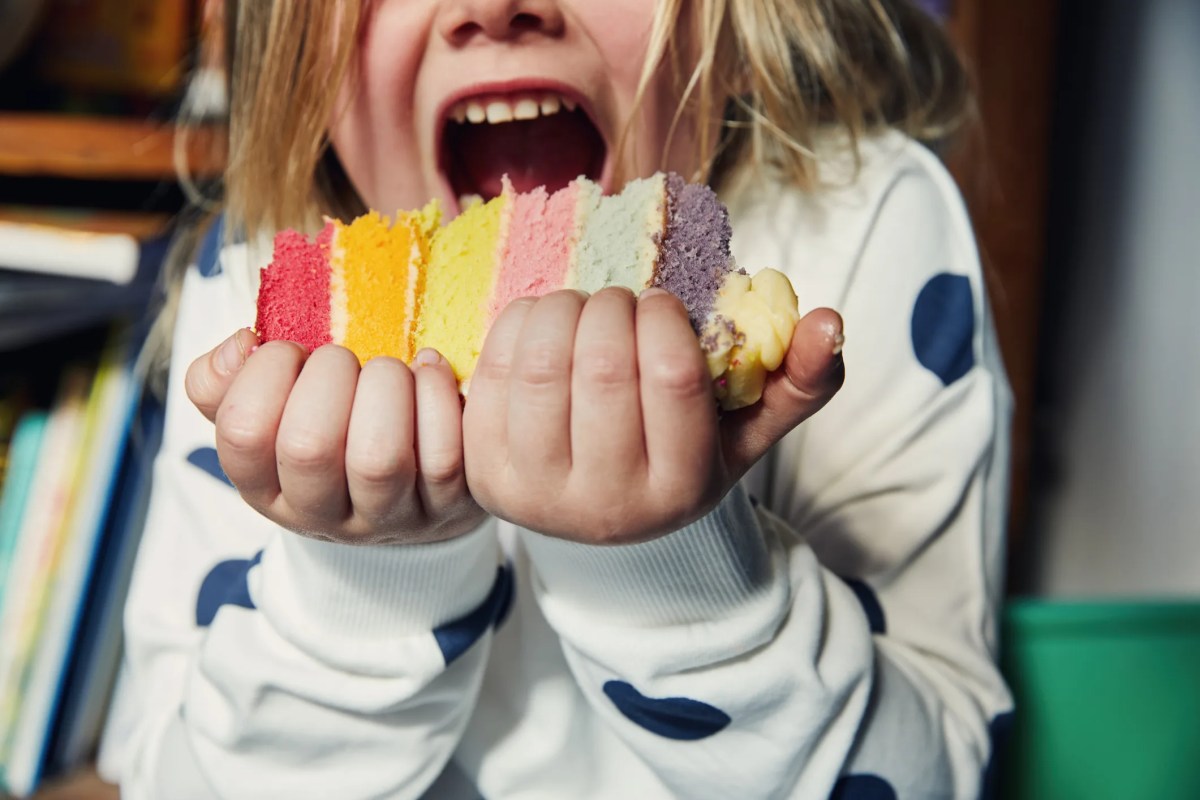
A new exhibit is raising the volume on New York City’s Native American voices.
To help bring the city’s indigenous Americans to the forefront, the Museum of the City of New York presents “Urban Indian: Native New York Now.” On display from Friday through Feb. 15, the exhibit offers a compilation of contemporary art, documentaries and community memorabilia meant to provide insight on what it means to be part of indigenous tradition in a fast-moving metropolis.
Jason Lujan of the Chiricahua Apache nation in Texas co-curated the exhibit with Rebecca Hayes Jacobs, a Mellon postdoctoral curatorial fellow at the museum. For Lujan, the exhibit is a way to highlight the voices of Native American New Yorkers, of which more than 100,000 thousand self-identifed in the 2010 United States Census, whom he has come to know personally and who he feels represent the life of native people in the city.
“There have been many occasions where native and indigenous voices have been included, but often as a third person or defined by the institution or by someone else,” Lujan told amNewYork. “Here I felt this was a really good way to collapse any of these kinds of distinctions between what is native and what is not native … and present things in the way that I feel is accurate to how the community exists in New York City.”

The exhibit is part of Jacobs’ capstone for her fellowship with the museum. Jacobs, who is not Native American, explained that she wanted to work with Lujan to find a way to show the “complexity of native perspectives and experience in New York.”
“Jason and I were interested in collapsing the distinctions between art, politics and community life because we think everyday life is political and it is artistic,” Jacobs said. “We wanted to really be respectful of what life is like and has been like in very recent years for Native American folks living here. And recognizing that traditions are lived in the present and heritage is part of what people carry with them.”
Out of the collection of various designs, historical videos, activism pieces, quilts, and publications — all created by or about Native Americans of New York — one of the most prominent pieces for Lujan was created by artist Steven Deo. The framed piece is the front page of The New York Times from Sept. 12, 2001, with the headline “U.S. attacked,” seemingly being pushed up by photographed hands in the shape of the Twin Towers. At the bottom of the piece is the phrase, “If we could push the towers back into the sky” written in red.
“I had never actually seen this piece in real life. [Deo] was one of the first people I met when I moved to New York City. … Shortly after we met, he moved away, traumatized by Sept. 11,” Lujan said. “When this exhibition came along, this seemed like a really good opportunity and for some reason that was one of the first works that sprung into my head and it felt like serendipity.”
The exhibit is opening in coordination with the 50th anniversary of American Indian Community House, a New York City-based nonprofit that seeks to improve the well-being of Native Americans and better societal understanding of indigenous cultures.
Along with “Urban Indian,” the museum will host events with American Indian Community House throughout the fall. There will be a Native American heritage celebration on Oct. 13 and a conversation on Nov. 5 with Native American New Yorkers who were born and raised in Brooklyn.
‘Urban Indian: Native New York Now’ is on display at the Museum of the City of New York from Friday through Feb. 15, 1220 Fifth Ave., mcny.org



































